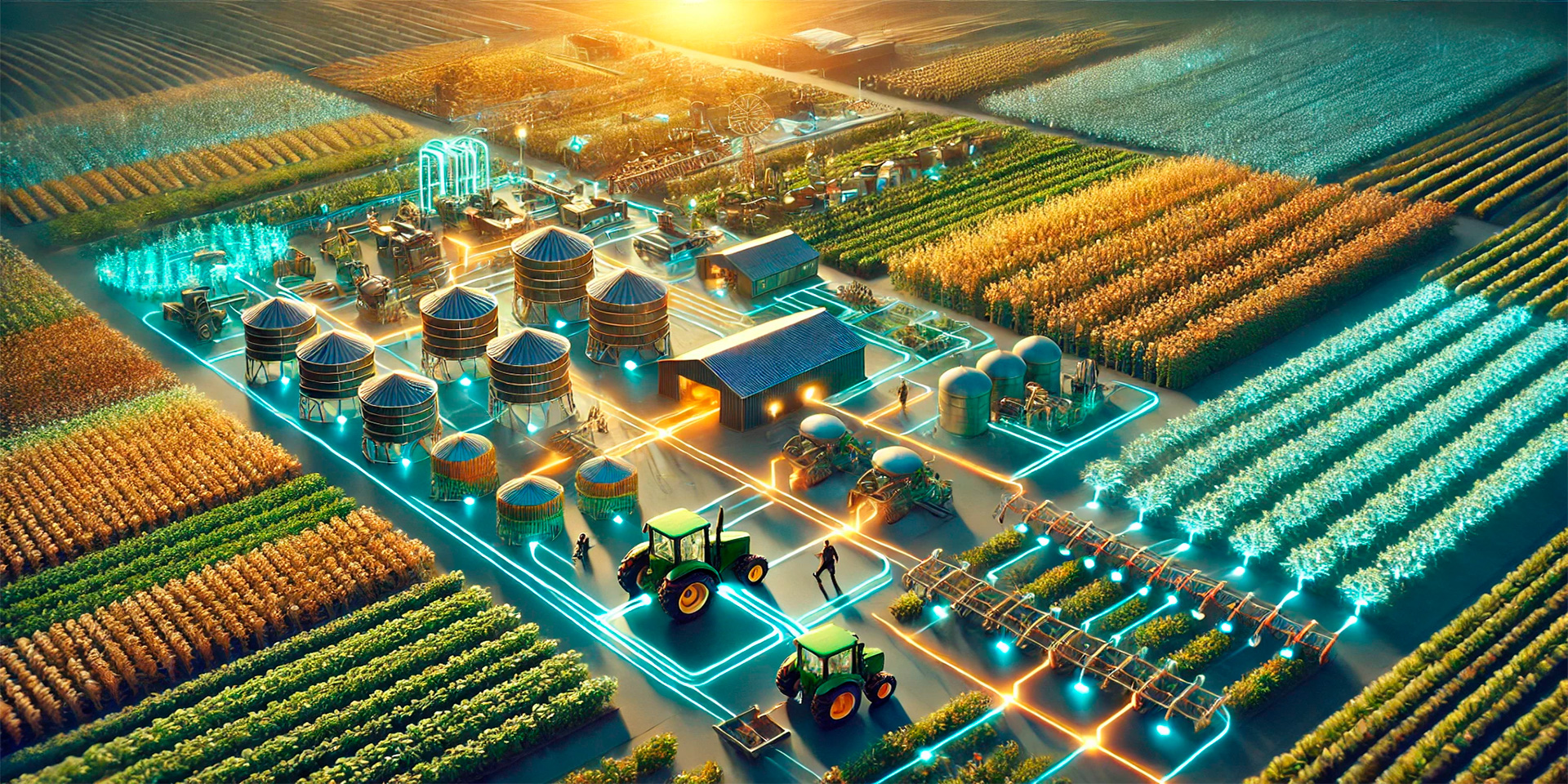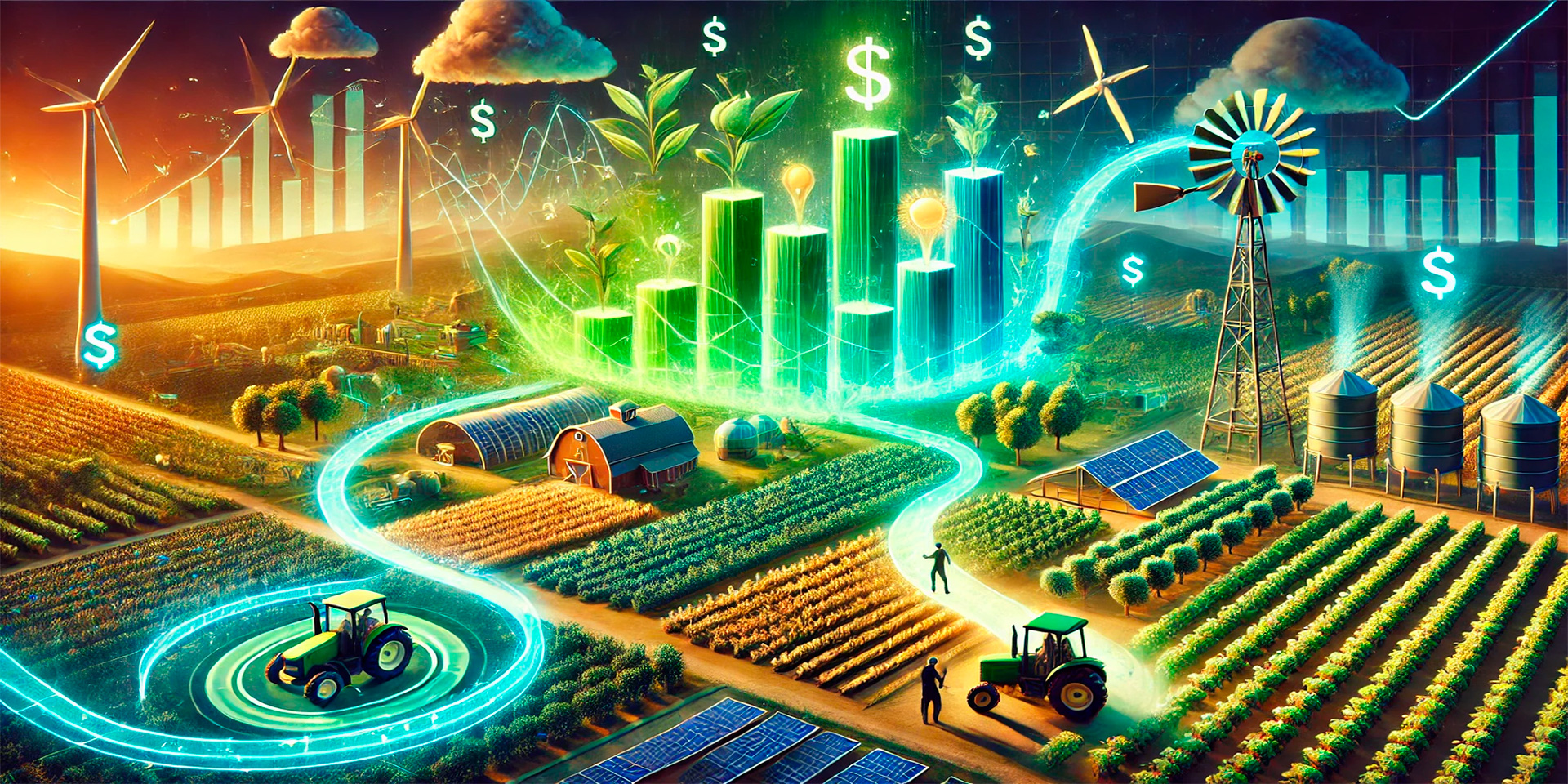Author: Fletcher Reed
Adapting to Global Economic Changes: What Borrowers Should Know About Local Loan Markets
Global economic shifts, whether they stem from trade disputes, geopolitical events, or financial crises, can have profound effects on local lending conditions. While the ripple effects of these international changes may seem distant, they directly influence interest rates, credit availability, and lending practices in local markets. For borrowers, understanding how these global forces affect local loans is essential for making informed financial decisions.
Investment Opportunities During Stimulus: How Government Policies Drive Stock Prices
Government stimulus programs have long been used as a tool to revive and stabilize economies during times of crisis or slow growth. These programs, designed to inject liquidity into markets and promote spending, often have a significant impact on company shares. For investors, understanding how stimulus measures affect stock prices can provide valuable insights and open new avenues for investment growth.
Precision Agriculture: How Subsidized Loans are Powering Farm Innovation
In today’s competitive agricultural landscape, farmers are increasingly turning to technology and modern equipment to enhance productivity and meet growing global demand. However, the cost of investing in advanced technologies can be prohibitive, particularly for small and medium-sized farms. Government-subsidized loans are playing a vital role in enabling farmers to access the financing they need to invest in productivity-enhancing equipment and sustainable farming practices.
From Storms to Shortages: The Ripple Effect of Extreme Weather on Prices
Extreme weather events, from hurricanes and floods to droughts and wildfires, can have a profound impact on global supply chains. As these events become more frequent due to climate change, businesses and consumers alike are feeling the effects. Supply chains, which rely on predictable transport routes, labor, and infrastructure, are particularly vulnerable to weather disruptions.
Global Tensions and Personal Loans: What Borrowers Need to Know
Global crises, whether they stem from economic downturns, pandemics, geopolitical tensions, or natural disasters, have far-reaching consequences. These events often trigger a chain reaction that affects industries, economies, and individuals on a broad scale. For everyday Americans, one of the most direct effects can be seen in the personal lending market. As global events create ripple effects in financial systems, U.S. lending practices shift, influencing the availability, cost, and terms of personal loans.
Agricultural Investments: How Government Loans Are Supporting Sustainable Farming
Government lending programs are not only designed to help businesses and individuals secure affordable financing—they can also provide ordinary investors with unique opportunities to enhance their investment strategies. These programs offer stability, reduced risk, and the potential for growth, making them valuable tools for those looking to diversify and strengthen their portfolios. By leveraging government-backed loans and policies, ordinary investors can access new markets, protect their investments, and capitalize on favorable lending conditions.
The Impact of Quantitative Easing on the Mortgage-Backed Securities Market
Mortgage-backed securities (MBS) play a crucial role in the modern financial system, offering investors the opportunity to participate in the housing market while providing liquidity to lenders. Government policies, lending practices, and financial incentives have a significant influence on the demand for these securities. By shaping the broader housing market and encouraging lending, government interventions directly impact the supply and attractiveness of mortgage-backed securities for investors.
Credit Solutions for Small Farmers: Driving Sustainability and Modernization
Small farmers play a critical role in feeding local communities and contributing to the agricultural economy. However, many of these farmers face challenges when it comes to securing the capital needed to modernize their operations and stay competitive. Access to credit can be the key to unlocking opportunities for growth, allowing small farmers to invest in new equipment, technology, and sustainable farming practices. Government loan programs have become an essential tool in providing small farmers with the financing they need to thrive.
The High Price of Living in Remote Areas: Supply Chain Complexities Explained
Living in remote areas often means facing higher costs for goods and services. The logistics of transporting products to regions that are far from major supply hubs create unique challenges, leading to price increases that directly affect consumers. These higher prices can impact everything from food and fuel to essential services and construction materials, making it more expensive to live in remote locations.
How Labor Strikes Influence Economic Growth and Stability
Strikes have long been a tool for workers to demand better wages, working conditions, and rights. While they are essential for protecting employees’ interests, strikes in various sectors can have far-reaching consequences, including disrupting economic stability and affecting consumer confidence. The ripple effects of labor strikes can be felt across industries, impacting everything from production to service delivery, ultimately shaking the foundation of economic growth.










